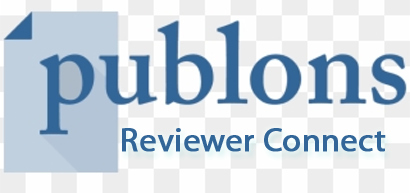
PATENT CONSTANT
Appropriate consents, permissions and releases must be obtained where authors wish to include case details or other personal information or images of patients and any other individuals in B.R. Nahata Smriti Sansthan and its Journal publication.
Requirement for Consent:
Appropriate consents, permissions and releases must be obtained where authors wish to include case details or other personal information or images of patients and any other individuals in B.R. Nahata Smriti Sansthan and its journal publication in order to comply with all applicable laws and regulations concerning the privacy and/or security of personal information, including.
It is the responsibility of the author to ensure that:
- Each individual, or the individual’s legal guardian or other person with legal authority to act on the individual’s behalf who appears in any video, recording, photograph, image, illustration or case report (or in any other identifiable form) is made aware in advance of the fact that such photographs are being taken or such video, recording, photograph, image, illustration or report is being made, and of all the purposes for which they might be used, including disclosure to Elsevier and use by B.R. Nahata Smriti Sansthan and its Journal or its licensees in any work or product. That individual, legal guardian or person with legal authority must give his/her explicit written consent. If such consent is made subject to any conditions (for example, adopting measures to prevent personal identification of the person concerned), B.R. Nahata Smriti Sansthan and its journal must be made aware in writing of all such conditions. Written consents must be retained by the author and copies of the consents or evidence that such consents have been obtained must be provided to B.R. Nahata Smriti Sansthan and its Journal on request.
- The form of written consent complies with each requirement of all applicable Data Protection and Privacy Laws. Particular care should be taken with obtaining consent where children are concerned (in particular where a child has special needs or learning disabilities), where an individual’s head or face appears, or where reference is made to an individual’s name or other personal details.
- In the case of a child, if parents or guardians disagree on the use of the images of that child, then consent should be deemed not to have been given and those images should not be used. It is also important to ensure that only images of children in suitable dress are used to reduce the risk of images being used inappropriately.
- Even if consent has been obtained, care must be taken to ensure that the portrayal and captioning of the individual concerned are respectful and could not be seen as denigrating that individual.
- Special considerations Patients and research subjects’ names, initials, hospital or social security numbers, dates of birth or other personal or identifying information should not be used.
- Images of patients or research subjects should not be used unless the information is essential for scientific purposes and explicit permission has been given as part of the consent. Even where consent has been given, identifying details should be omitted if they are not essential.
- If identifying characteristics are altered to protect anonymity, authors should provide assurances that such alterations do not distort scientific meaning.
Non-Identifiable Images:
- Formal consents are not required for the use of entirely anonymised images from which the individual cannot be identified- for example, x-rays, ultrasound images, pathology slides or laparoscopic images, provided that these do not contain any identifying marks and are not accompanied by text that might identify the individual concerned.
- If consent has not been obtained, it is generally not sufficient to anonymise a photograph simply by using eye bars or blurring the face of the individual concerned.






